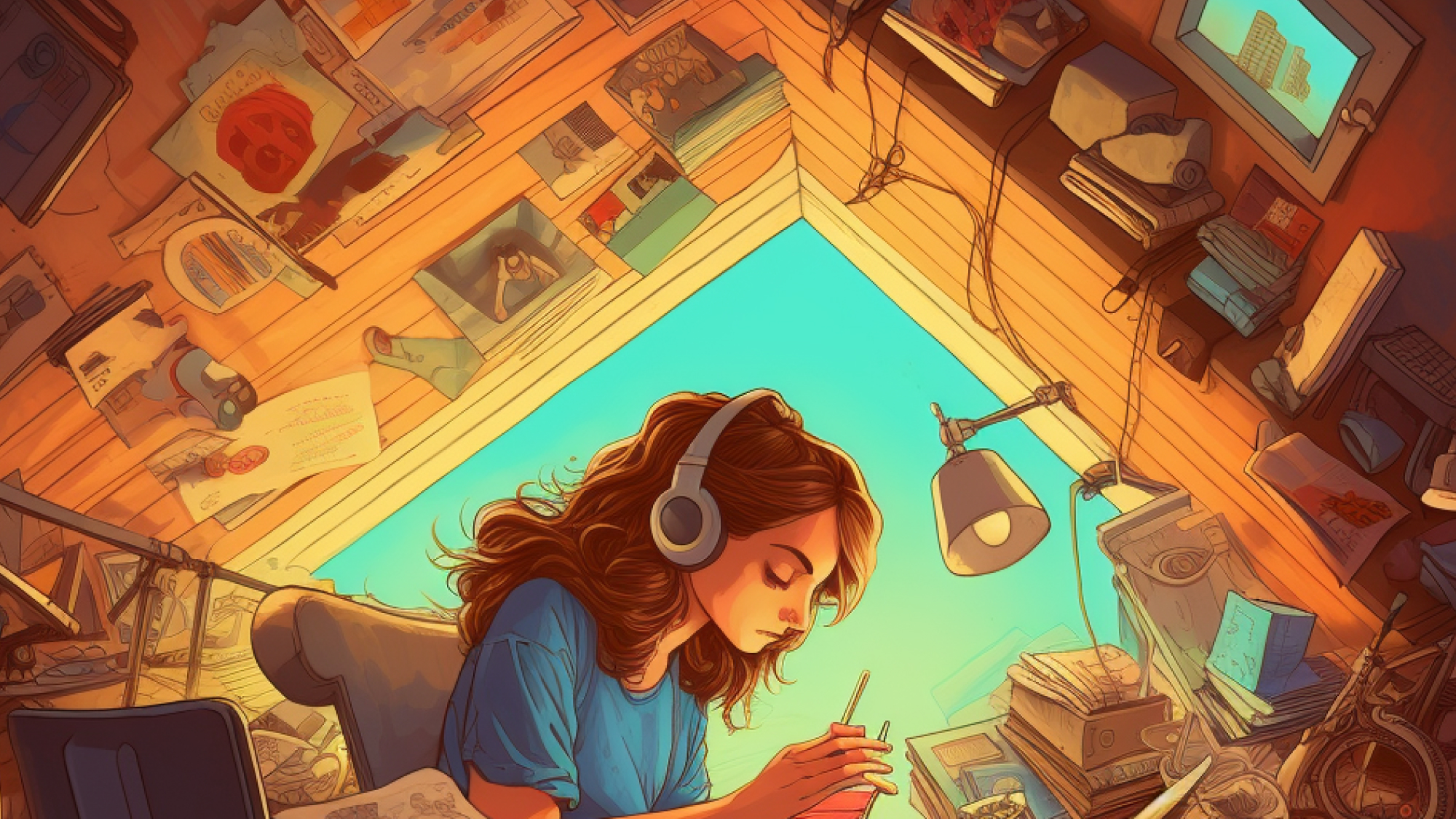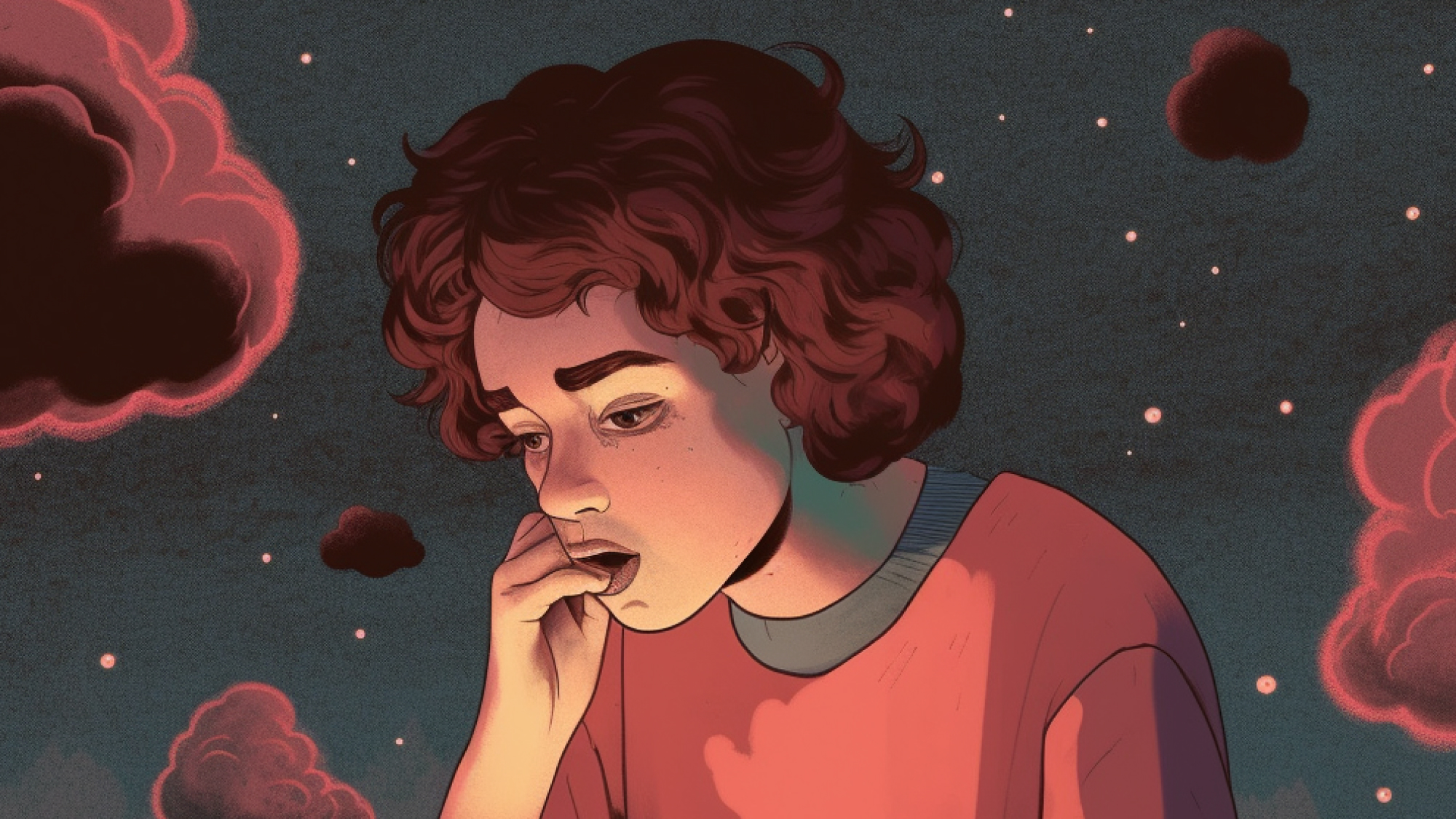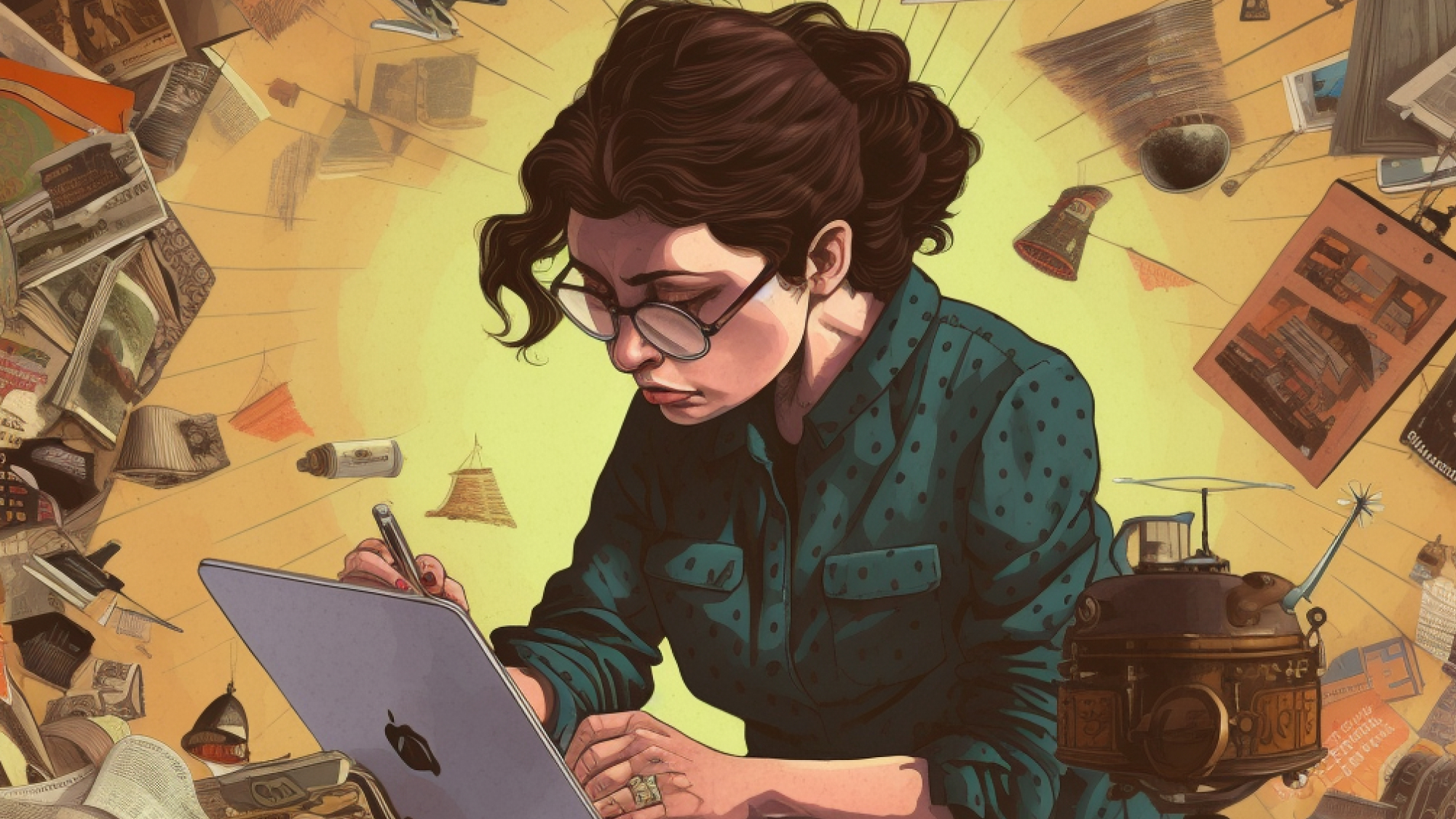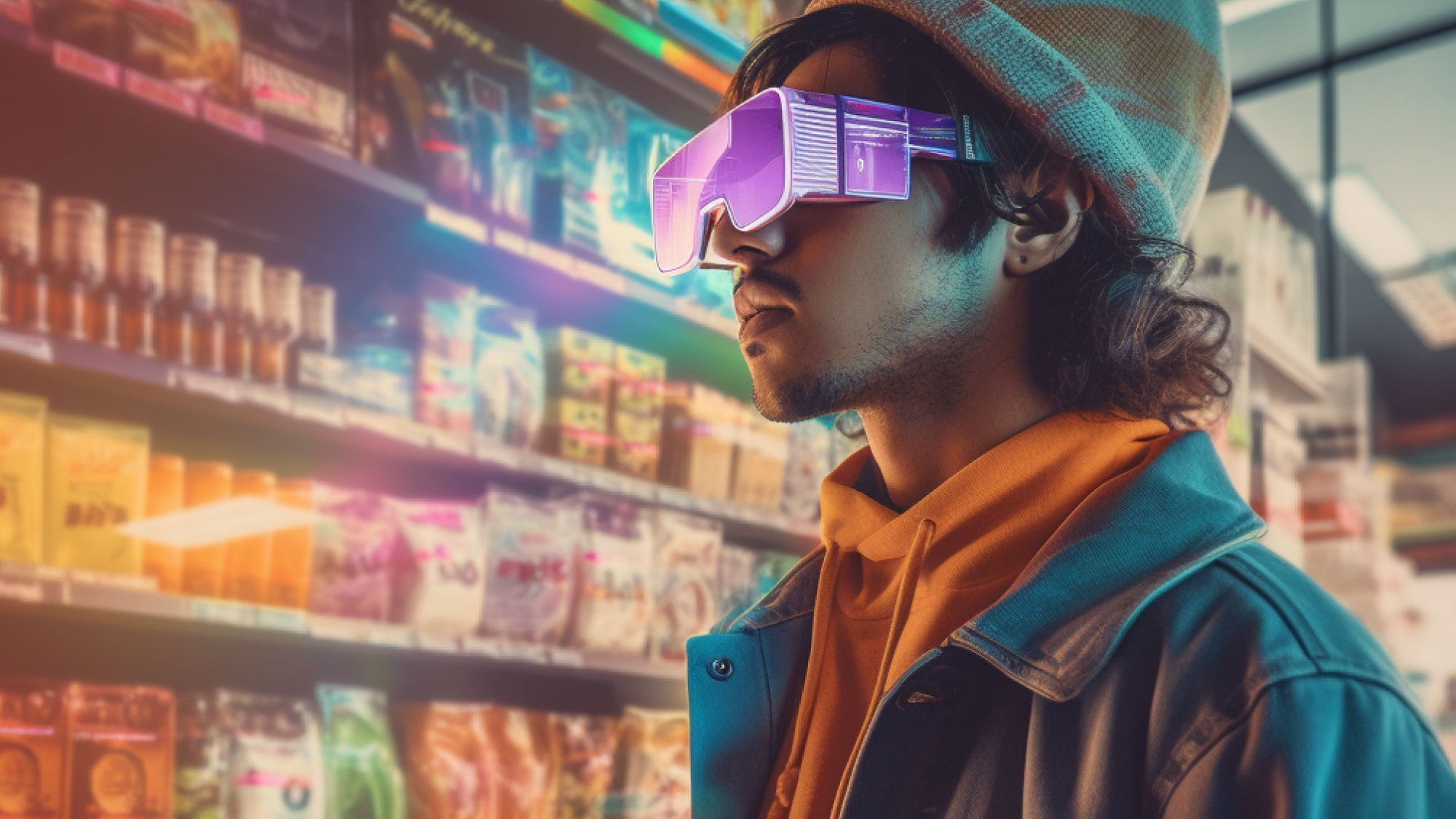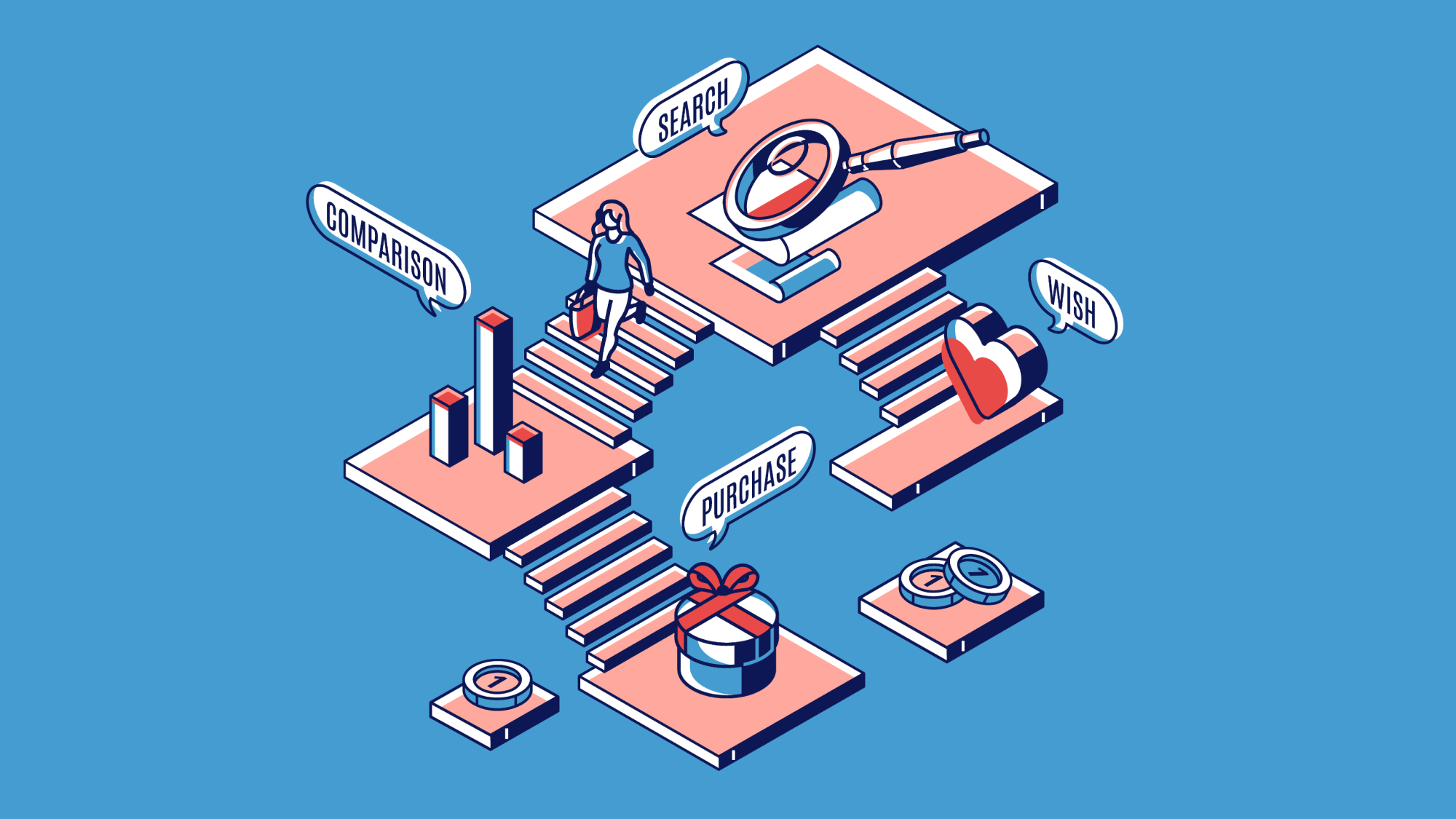
Consumers are smarter than they’ve ever been. A large part of that is due to technology and interconnectivity, but in today’s marketing landscape, brands can no longer approach consumers the same way they once were expected to.
While the pandemic has definitely played its part, the modern consumer has been shifting into this more ‘woke’ and empowered consumer since a few years back.
As such, while things like the marketing funnel may still be relevant, it’s important to re-examine exactly what the modern consumer looks like today, and how they make their buying decisions in today’s increasingly digital world.
The five stages of consumer decision-making
John Dewey, the famous American philosopher, and psychologist noted that there were five stages that consumers went through when considering a purchase:
- Need recognition — The consumer recognizes that there is a problem or specific need, and thus will begin their search to find a product or service to satisfy this. Often considered the most crucial step out of the five, this realization must first exist, for a consumer to have any desire to make a purchase at all. If there is no problem or need recognized, consumers most likely will not convert.
- Information search — Once the consumer has recognized their problem or need, they will move onto stage 2 of the consumer-decision process, which involves searching for more information. At this point, the consumer is asking themselves whether they could solve this issue, and if not, who or what would be the best option to do so?

- Evaluation of alternatives — While this isn’t completely a new stage entirely, but more of a blend to the one above, it is an important one to be aware of, as it is where most businesses can keep or lose potential customers. It is no surprise, people evaluate alternative products when making a purchase decision, especially the more expensive the item is. You don’t want your hard earned money going into something that might not be worth it.
- Purchase — This stage involves the consumer shaping an intention to buy from a service or a product. During this stage, the consumer decides who, when, and where to buy from. A decision is finalized at this stage, and according to the writers of an essay written on the Buying Decision Process, the only thing that influences this decision is negative feedback and/or a drastic life change.
- Post-purchase behavior — After the purchase, the consumer then goes through a process that involves evaluating whether the purchase was satisfactory or not. In this stage, the way the consumer feels will influence how they respond to the brand in the future. During this stage, consumers may experience cognitive dissonance — or a form of buyer’s remorse — determining whether or not he or she feels regret for the purchase.
Post-pandemic changes in people behavior
There is no denying that people’s behaviors have changed since the global pandemic. The modern consumer is no longer searching the same way as before, and brand loyalty is simply not the same. While we go into more details of changing consumer behaviours in another article, some notable behaviors caused by the pandemic that may influence the modern consumer are:
- Potential splurge — During the severe peaks of the pandemic, lockdowns and store closures were rampant. As such, consumers have had a dying itch inside, wanting to go out and/or simply splurge. While in times of crisis and uncertainty, the general tendency is for a person to hold back on discretionary purchases — which for the most part has happened. However, hold this long enough and the resulting consequence is a spending spree.

- Growing impatience — As of writing this, the pandemic has still not completely ended. While things have calmed compared to a year or two ago, many countries still have regulations and rules to stay inside, as well as early closures. As such, people are growing more impatient. Ayelet Fishbach, a professor of behavioral science at the University of Chicago Booth School of Business notes that when something is almost over, naturally we become more impatient. As she states: “The surprising effect is as things become nearer, it is harder to wait for them.” This on top of added doorstep deliveries from online shopping is bound to create a generation of consumers that simply cannot wait.
- Technology enabled — From sheer necessity, consumers have adopted new technologies. Naturally, this has changed the nature of how we share and discover information. The lasting impact of digital technology on the consumer’s behavior is pervasive and cannot be ignored.
- Curious and creative — On the flip side of staying inside for years, modern consumers are becoming more curious and creative to what new skills, tools, and services they can learn from. While some people may be lying around, waiting for things to be over, there is a large group of people that are doing what they can to upskill and be better than before — preparing for the ‘new normal.’ As such, the new workforce will be rife with competition and as creators, there can be opportunity for producing products and services for this type of consumer.
Moving away from the funnel
Typically in the past, marketing has defined specific touchpoints, using the term ‘marketing funnel’ to express the overall journey the consumer makes to get from awareness to loyalty.
While it has had many iterations, the base foundation stems off the AIDA model, where the user discovers the brand (top of the funnel), dives deeper into the product, gets more interest and consideration (middle of the funnel), and finally makes the purchase, thus becoming a ‘loyal’ customer (bottom of the funnel).

In a more linear form, McKinsey expresses the traditional funnel metaphor like so:
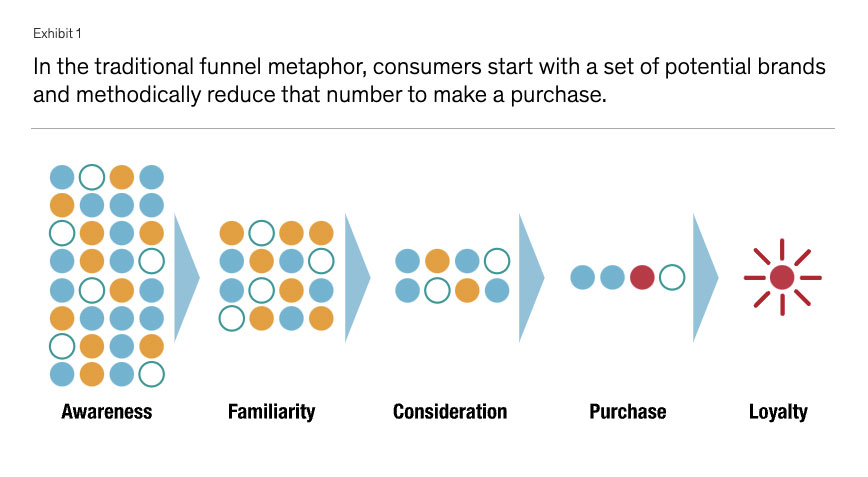
While the funnel is still applicable in a lot of cases, and shouldn’t be ignored, it implies that the journey is more one-way than two. It also suggests that consumers are systematically narrowing their considerations down to buy products. It proposes that brands and marketers are solely responsible for nudging the consumer along a linear process.
However, this way of looking at the consumer journey may not show the full picture, as the brand-consumer relationship is more two-way today. Moreover, it’s no longer a linear journey but a circular one, with four phases in which the marketer must work to get the consumer’s attention.
- Initial consideration — When the consumer considers a set of brands, basing their opinion around perception and exposure.
- Active evaluation — When the consumer gathers information and filter out the choices.
- Closure — When the consumer chooses who to buy with and makes a purchase.
- Post-purchase — When the consumer sets expectations on their experience and uses this to influence their decision for loyalty. What brands do here is the deciding factor of whether that person becomes a one-time or returning customers.
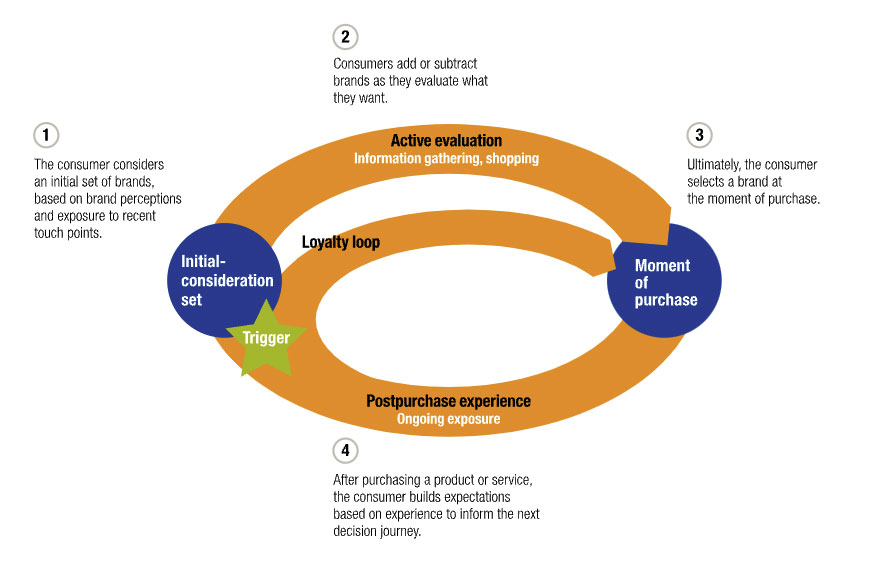
The empowered consumer
With this more circular journey, where a constant feedback loop leads to loyalty, the modern consumer has become more empowered.
In the past, marketing was driven purely by companies, put on consumers via advertising and other media channels. However, today, consumers rely on other customers to help drive their decisions.
In fact, during the active-evaluation phase in the circular journey above, research showed that more than half of those touchpoints were spent looking at Internet reviews, online research, and hearing word-of-mouth recommendations — all of which are consumer-driven marketing activities, not the company.
This demonstrates that modern consumers have taken more control of the process. Instead of having everything pushed onto them, they pull information their way to make the most informed buying decision.







